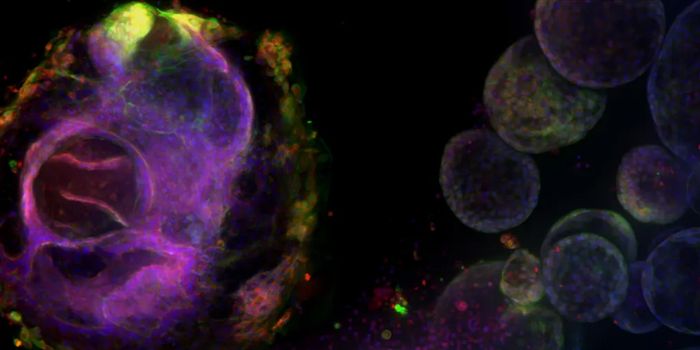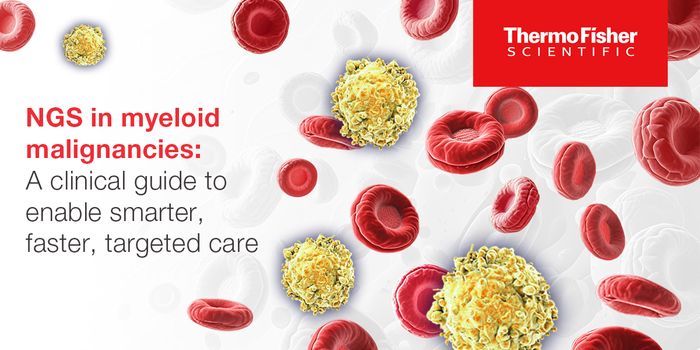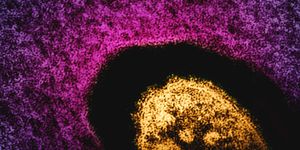Understanding the Links between Circadian Clock Tumor Growth
The circadian clock describes the 24-hour internal clock in our brains. The rhythms that regulate our awake and sleep cycles occur through the circadian clock and its response to changes in light in the environment. Researchers have well-documented the relationship between circadian rhythms and sleep patterns.
Additionally, pre-clinical research using both human and animal models has shown that the growth and replication of tumor cells coincide with the disruption of the circadian clock. Disruptions in circadian rhythms promote cancer growth and development. Several biological factors linked to tumorigenesis become impaired with disruptions to the circadian clock. In particular, the immune system represents one of the natural systems susceptible to alterations in circadian homeostasis. In addition, circadian rhythms influence cellular functions, including proliferation and DNA damage repair, that regulate tumor cell replication and suppression.
A team of researchers who recently published a study in Nature Communications focused on a molecule common to both circadian clock regulation and tumor development. The study shows this molecule, Bmal1, actually reduces tumor growth in mouse melanoma.
The researchers used two types of murine melanoma cells (YUMM2.1 and B16-F10) in the study. Surprisingly, after removing Bmal1 from these cells and thus disrupting the circadian clock, tumors grew significantly slower than when Bmal1 remained intact.
The study revealed that removing Bmal1 in melanoma cells did indeed diminish circadian clock function. In addition, the research showed that interference with Bmal1 led to interference with another regulator gene called HIF1.
HIF1 also plays a prominent role in tumor growth. Unlike most healthy cells in our bodies, tumor cells thrive in conditions with low oxygen. HIF1 allows tumors to adapt to the tumor microenvironment, which typically receives less oxygenation than surrounding areas. Notably, tumor growth abilities returned when the researchers overexpressed HIF1 in the melanoma cells lacking Bmal1.
Overall, the study reveals the involvement of Bmal1 in tumor growth as context-dependent. When Bmal1 absence drives the deterioration of HIF1, tumor growth becomes stalled. But, if HIF1 levels remain high, Bmal1’s role becomes less pronounced, and the tumor growth is restored.
Upon further validation, this study has implications for treatment design. Other work suggests that some cancer drugs work more effectively when administered at certain times of the day. Understanding the dual roles of Bmal1 in tumor development and circadian homeostasis could help doctors plan the best time to assist cancer therapies in an effort to improve efficacy and treatment outcomes.
Sources: STAT Pearls, Prog Mol Biol Transl Sci, Nature Commun, Trends Pharmacol Sci









